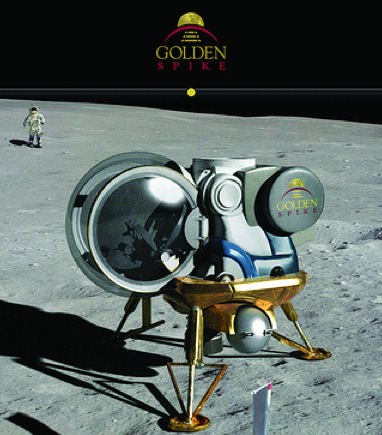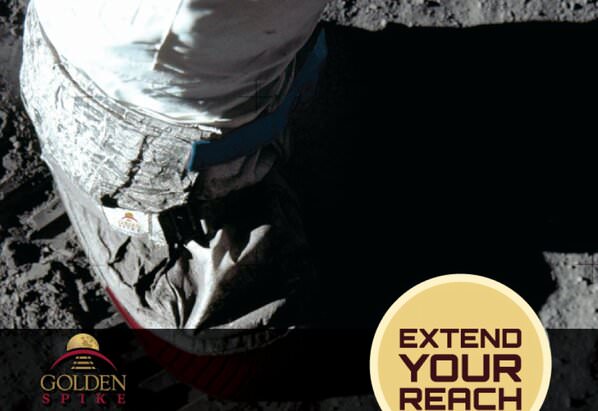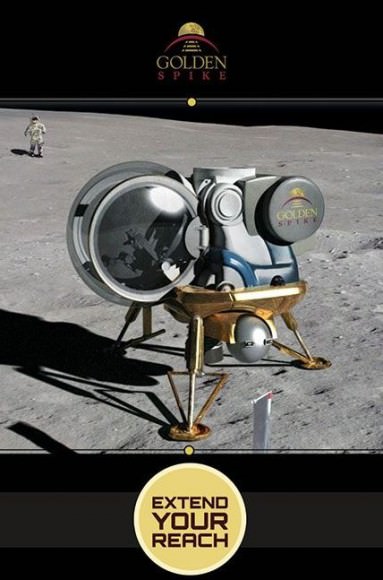It’s a new era for space travel. And if there’s one thing that sets it apart from the previous one, it is the spirit of collaboration that exists between space agencies and between the public and private sector. And with commercial aerospace (aka. NewSpace) companies looking to provide everything from launch services to orbital and lunar tourism, a day is fast-approaching when ordinary people will be able to go into space.
Because of this, many aerospace companies are establishing safety and training programs for prospective clients. If civilians plan on going into space, they need to have the benefit of some basic astronaut training. In short, they will need to learn how to go safely conduct themselves in a zero-gravity environment, with everything from how to avoid blowing chunks to how to relieve oneself in a tidy fashion.
In recent years, companies like Blue Origin, Virgin Galactic, Space Adventures, Golden Spike, and SpaceX have all expressed interest in making space accessible to tourists. The proposed ventures range from taking passengers on suborbital spaceflights – a la Virgin Galactic’s SpaceShipTwo – to trips into orbit (or the Moon) aboard a space capsule – a la Blue Origins’ New Shepard launch system.
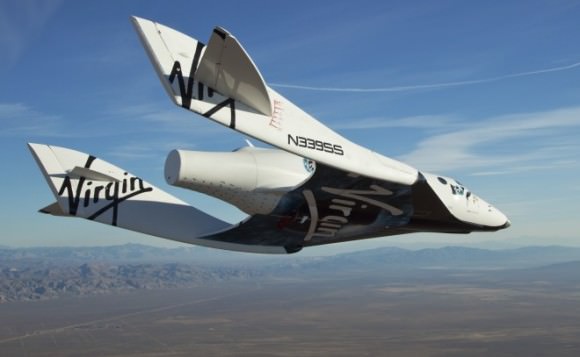
And while these trips will not be cheap – Virgin Galactic estimates that a single seat aboard SpaceShipTwo will cost $250,000 – they absolutely have to be safe! Luckily, space agencies like NASA already have a very well-established and time-honored practice for training astronauts for zero-g. Perhaps the most famous involves flying them around in a Zero-Gravity Aircraft, colloquially known as the “Vomit Comet”.
This training program is really quite straightforward. After bringing astronaut trainees to an altitude of over 10,000 meters (32,000 feet), the plane begins flying in a parabolic arc. This consists of it climbing and falling, over and over, which causes the trainees to experience the feeling of weightlessness whenever the plane is falling. The name “vomit comet” (obviously) arises from the fact that passengers tend to lose their lunch in the process.
The Soviet-era space program also conducted weightlessness training, which Roscomos has continued since the collapse of the Soviet Union. Since 1984, the European Space Agency (ESA) has also conducts parabolic flights using a specially-modified Airbus A300 B2 aircraft. The Canadian Space Agency (CSA) has done the same since it was founded in 1989, relying on the Falcon 20 twin-engine jet.
Given the fact that NASA has been sending astronauts into space for nearly 60 years, they have certainly accrued a lot of experience in dealing with the effects of weightlessness. Over the short-term, these include space adaptation syndrome (SAS), which is also known as “space sickness”. True to its name, the symptoms of SAS include nausea and vomiting, vertigo, headaches, lethargy, and an overall feeling of unease.
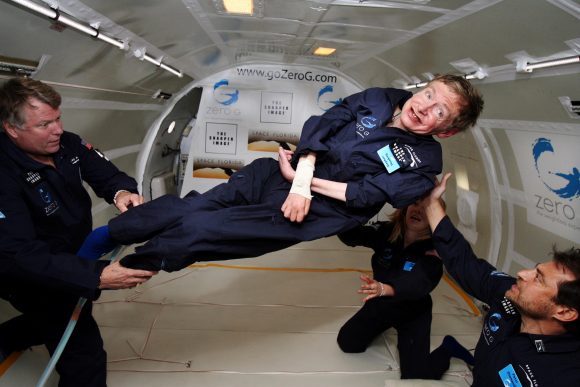
Roughly 45% of all people who have flown in space have suffered from space sickness. The duration of varies, but cases have never been shown to exceed 72 hours, after which the body adapts to the new environment. And with the benefit of training, which includes acclimating to what weightlessness feels like, both the onset and duration can be mitigated.
Beyond NASA and other space agencies, private companies have also offered reduced gravity training to private customers. In 2004, the Zero Gravity Corporation (Zero-G, based in Arlington, Virginia) became the first company in the US to offer parabolic flights using a converted Boeing 727. In 2008, the company was acquired by Space Adventures, another Virginia-based space tourism company.
Much like Virgin Galactic, Space Adventures began offering clients advance bookings for sub-orbital flights, and has since expanded their vision to include lunar spaceflights. As such, the Zero-G experience has become their training platform, allowing clients the ability to experience weightlessness before going into space. In addition, some of the 700 clients who have already booked tickets with Virgin Galactic have used this same training method to prepare.
Similarly, Virgin Galactic is taking steps to prepare its astronauts for the day when they begin making regular flights into sub-orbit. According to the company, this will consist of astronauts taking part in a three day pre-flight preparation program that will be conducted onsite at Spaceport America – Virgin Galactic’s spaceflight facility, located in New Mexico.
Aside from microgravity, their astronaut training will also emphasize how to function when experiencing macrogravity (i.e. multi-g forces), which occur during periods of acceleration. The training will also include medical check-ups, psychological evaluations, and other forms of pre-flight prepation – much in the same way that regular astronauts are prepared for their journey. As they state on their website:
“Pre-flight preparation will ensure that each astronaut is mentally and physically prepared to savor every second of the spaceflight. Basic emergency response training prescribed by our regulators will be at the forefront. Activities to aid familiarity with the spaceflight environment will follow a close second.”
Blue Origin, meanwhile, has also been addressing concerns with regards to its plan to start sending tourists into suborbit in their New Shepard system. After launching from their pad outside of El Paso, Texas, the rocket will fly customers to an altitude of 100 km (62 mi) above the Earth. During this phase, the passengers will experience 3 Gs of acceleration – i.e. three times what they are used to.
Once it reaches space, the capsule will then detach from the rocket. During this time, the passengers will experience a few minutes of weightlessness. Between the intense acceleration and the feeling of freefall, many have wondered if potential clients should be worried about space sickness. These questions have been addressed by former NASA astronaut Nicholas Patrick, who now serves as Blue Origin’s human integration architect.
During an interview with Geekwire in January of 2017, he indicated that they plan to provide barf bags for customers to tuck into their flight suits, just in case. This is similar to what astronauts do aboard the International Space Station (see video above) and during long-term spaceflights. When asked about what customers could do to prepare for space sickness, he also emphasized that some training would be provided:
“It’s a short flight, so we won’t be asking people to train for a year, the way NASA astronauts trained for a shuttle flight, or three years, the way they train for a long space station mission. We’re going to get this training down to a matter of days, or less. That’s because we don’t have very many tasks. You need to know how to get out of your seat gracefully, and back into your seat safely.
“We’ll teach you a few safety procedures, like how to use the fire extinguisher – and maybe how to use the communication system, although that will come naturally to many people. What we’ll probably spend some time on is training people how to enjoy it. What are they going to take with them and use up there? How are they going to play? How are they going to experiment? Not too much training, just enough to have fun.”
“Getting sick to your stomach can be a problem on zero-G airplane flights like NASA’s “Vomit Comet,” but motion sickness typically doesn’t come up until you’ve gone through several rounds of zero-G. Blue Origin’s suborbital space ride lasts only 11 minutes, with a single four-minute dose of weightlessness.”
Bezos also addressed these questions in early April during the 33rd Space Symposium in Colorado Springs, where his company was showcasing the New Shepard crew capsule. Here too, audience members had questions about what passengers should do if they felt the need to vomit (among the other things) in space.
“They don’t throw up right away,” he said, referring to astronauts succumbing to space sickness. “We’re not going to worry about it… It takes about three hours before you start to throw up. It’s a delayed effect. And this journey takes ten or eleven minutes. So you’re going to be fine.”
On April 27th, during a special Q&A session of Twitch Science Week, Universe Today’s own Fraser Cain took part in a panel discussion about the future of space exploration. Among the panelists were and Ariane Cornell, the head of Astronaut Strategy and Sales for Blue Origin. When the subject of training and etiquette came up, she described the compact process Blue Origins intends to implement to prepare customers for their flight:
“[T]he day before flight is when we give you a full – intense, but very fun – day of training. So they are going to teach you all the crucial things that you need. So ingress, how do you get into the capsule, how do you buckle in. Egress, how do you get out of the seat, out of the hatch. We’re going to teach you some emergency procedures, because we want to make sure that you guys are prepared, and feel comfortable. We’re also going to teach you about zero-g etiquette, so then when we’re all up there and we’re doing our somersaults, you know… no Matrix scenes, no Kung Fu fighting – you gotta make sure that everybody gets to enjoy the flight.”
When asked (by Fraser) if people should skip breakfast, she replied:
“No. It’s the most important meal of the day. You’re going to want to have your energy and we’re pretty confident that you’re going to have a good ride and you’re not going to feel nauseous. It’s one parabola. And when we’ve seen people, for example, when they go on rides on NASA’s “Vomit Comet”… What we’ve seen from those types of parabolic flights is that people – if they get sick – its parabola six, seven, eight. It’s a delayed effect, really. We think that with that one parabola – four minutes – you’re going to enjoy every second of it.”
Another interesting issue was addressed during the 33rd Space Symposium was whether or not the New Shepard capsule would have “facilities”. When asked about this, Bezos was similarly optimistic. “Go to the bathroom in advance,” he said, to general laughter. “If you have to pee in 11 minutes, you got problems.” He did admit that with boarding, the entire experience could take up to 41 minutes, but that passengers should be able to wait that long (fingers crossed!)
But in the event of longer flights, bathroom etiquette will need to be an issue. After all, its not exactly easy to relieve oneself in an environment where all things – solid and liquid – float freely and therefore cannot simply be flushed away. Luckily, NASA and other space agencies have us covered there too. Aboard the ISS, where astronauts have to relieve themselves regularly, waste-disposal is handled by “zero-g toilets”.
Similar to what astronauts used aboard the Space Shuttle, a zero-g toilet involves an astronaut fastening themselves to the toilet seat. Rather than using water, the removal of waste is accomplished with a vacuum suction hole. Liquid waste is transferred to the Water Recovery System, where it is converted back into drinking water (that’s right, astronauts drink their own pee… sort of).
Solid waste is collected in individual bags that are stored in an aluminum container, which are then transferred to the docked spacecraft for disposal. Remember that scene in The Martian where Mark Watney collected his crew members solid waste to use as fertilizer? Well, its much the same. Poo in a bag, and then let someone remove it and deal with it once you get home.
When it comes to lunar tourism, space sickness and waste disposal will be a must. And when it comes to Elon Musk’s plan to start ferrying people to Mars in the coming decades – aboard his Interplanetary Transportation System – it will be an absolute must! It will certainly be interesting to see how those who intend to get into the lunar tourism biz, and those who want to colonize Mars, will go about addressing these needs.
In the meantime, keep your eyes on the horizon, keep your barf bags handy, and make sure your zero-g toilet has a tight seal!
Sources:


